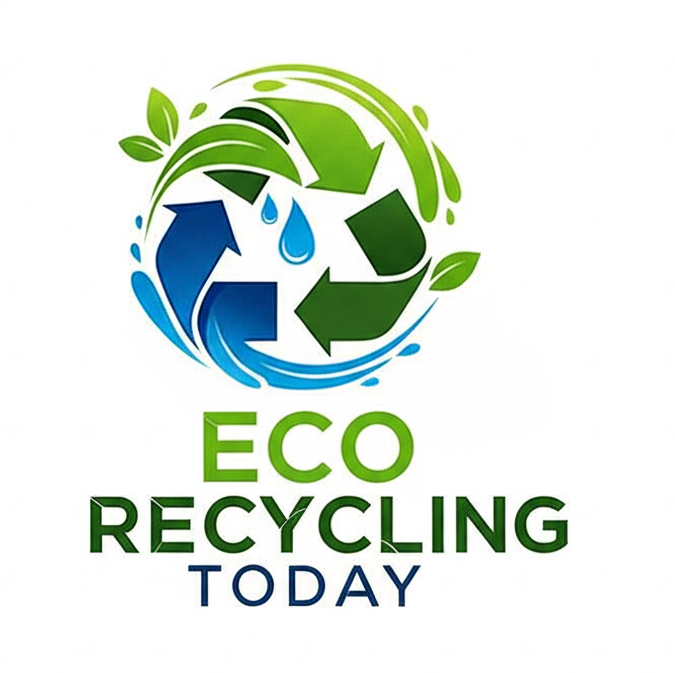Glass is 100% recyclable and can be reused endlessly without losing quality. Despite this, a significant amount of glass still ends up in landfills. With the help of advanced glass recycling technologies and machines, the industry is now more efficient and sustainable than ever. Here's everything you need to know about glass recycling and the modern equipment that makes it possible.

Why to Recycle Glass
- Conserves Raw Materials: Recycling glass reduces the need for sand, soda ash, and limestone.
- Saves Energy: Melting recycled glass requires up to 30% less energy than using virgin materials.
- Reduces Emissions and Waste: Keeps glass out of landfills, cuts CO₂ emissions, and supports a circular economy.
Glass Recycling Process
- Collection: Glass is gathered from households, bottle banks, and commercial sources.
- Sorting: Glass is separated by color and composition.
- Cleaning: Contaminants such as food, labels, and metals are removed.
- Crushing: The glass is crushed into cullet (small granules).
- Melting & Manufacturing: Cullet is melted and molded into new glass products.
Glass Recycling Technology
Modern glass recycling is driven by automation, AI, and sensor-based sorting, making the process more cost-effective and environmentally friendly. Key technologies include:
1. Optical Sorting Systems
- Use near-infrared (NIR) sensors and high-speed cameras to detect and separate glass by color and remove impurities like ceramics, metals, and plastics.
- Increases purity rates and enables the production of high-quality cullet.
2. Glass Crusher Machines
- Break down glass into cullet of precise sizes.
- Designed to handle a range of materials, from bottles to jars, for reuse in new glass products or insulation materials.
3. AI-Powered Recognition Systems
- Machine learning algorithms help detect non-glass materials, improving the accuracy of the sorting process.
- Used in combination with robotic arms and automated reject systems.
4. Air Separation & Magnetic Systems
- Air classifiers remove lightweight contaminants such as labels and plastics.
- Magnetic and eddy current separators extract ferrous and non-ferrous metals.
5. Ultrasound & Laser Scanning
- These cutting-edge technologies identify fine differences in glass thickness or material density—critical in high-purity glass applications like food-grade packaging.
What Types of Glass Can Be Recycled?
Recyclable:
- Beverage bottles (beer, wine, soda)
- Food containers (sauce jars, jam jars)
- Cosmetic bottles
Not Recyclable in Most Curbside Systems:
- Window glass
- Mirrors
- Ceramics
- Pyrex and heat-resistant cookware
- Light bulbs
Tips for Effective Glass Recycling
- Rinse jars and bottles before recycling.
- Remove plastic or metal lids.
- Don't mix glass types (e.g., window glass with bottles).
- Follow local recycling rules—some programs may not accept certain glass colors or types.
Glass recycling is a powerful tool for sustainability, and with the help of modern glass recycling technologies, the industry is evolving rapidly. From advanced sorting machines to AI-driven quality control systems, recycling glass has never been more efficient. Whether you're a homeowner, a business, or a municipality, embracing these innovations can drive real environmental change.
